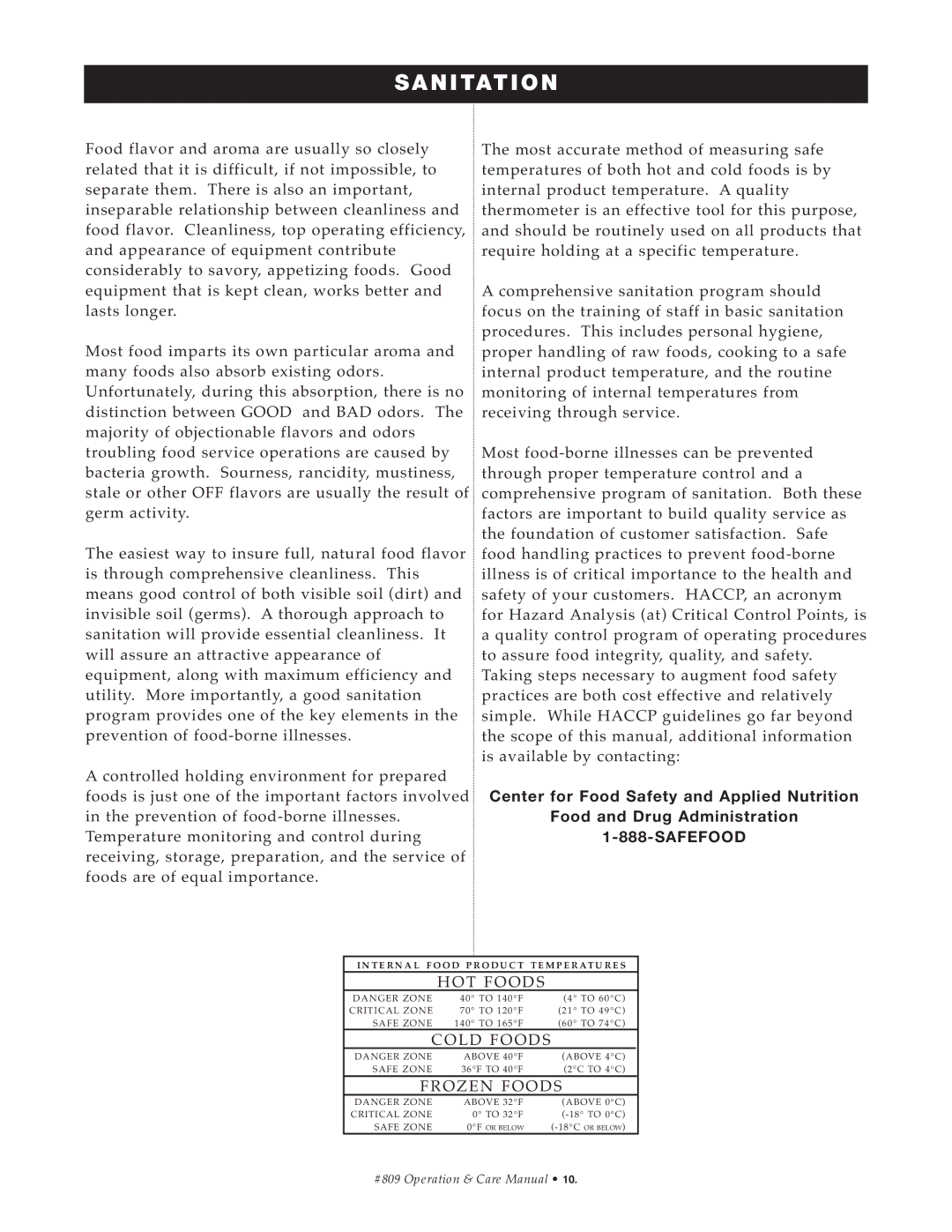HFM-30, HFM-72, HFM-48 specifications
Alto-Shaam has established itself as a leader in the commercial foodservice industry with its line of heated food holding cabinets, specifically the HFM-48, HFM-72, and HFM-30 models. These cabinets are designed to keep food at optimal serving temperatures without compromising quality, flavor, or texture.The HFM-48 model boasts a robust capacity, holding up to 48 gallons of food. This model is particularly suited for moderate to high-volume operations such as restaurants, catering services, and banquet facilities. Innovative Cook & Hold technology is used to ensure that food retains moisture and flavor while maintaining the desired temperature. The unit features an advanced, user-friendly digital control panel that allows operators to set precise temperature levels and monitor performance efficiently.
Similarly, the HFM-72 is designed for larger establishments that require increased holding capabilities. With a capacity of 72 gallons, the HFM-72 can hold a significant quantity of food while ensuring it remains hot and ready to serve. The unit's construction includes high-quality stainless steel, which not only enhances durability but also makes it easy to clean. An Energy Efficient technology integrated into the HFM-72 provides consistent temperature management, minimizing energy usage while maximizing performance.
On the other hand, the HFM-30 is perfect for smaller kitchens or establishments looking for a compact solution without sacrificing functionality. Despite its smaller size, it offers similar features, including precise temperature control and a durable design. The HFM-30 is ideal for cafes, food trucks, or any business needing to hold smaller quantities of food efficiently.
All models are equipped with Alto-Shaam's signature Halo Heat technology, which evenly distributes heating throughout the cabinet, preventing hot spots and ensuring consistent food temperatures. Additionally, the cabinets are designed with a state-of-the-art airflow system that helps maintain humidity, contributing to the retention of food quality.
Each unit features a clear, tempered glass door that provides visibility of stored food, allowing easy inspection and reducing the need to open the cabinet frequently. This feature not only ensures efficiency but also contributes to a visually appealing kitchen setup.
In summary, Alto-Shaam’s HFM-48, HFM-72, and HFM-30 models are exceptional solutions for maintaining food quality at the right temperatures. With their advanced technologies, user-friendly features, and durability, these heated holding cabinets meet the demands of various foodservice operations while enhancing overall service quality.

